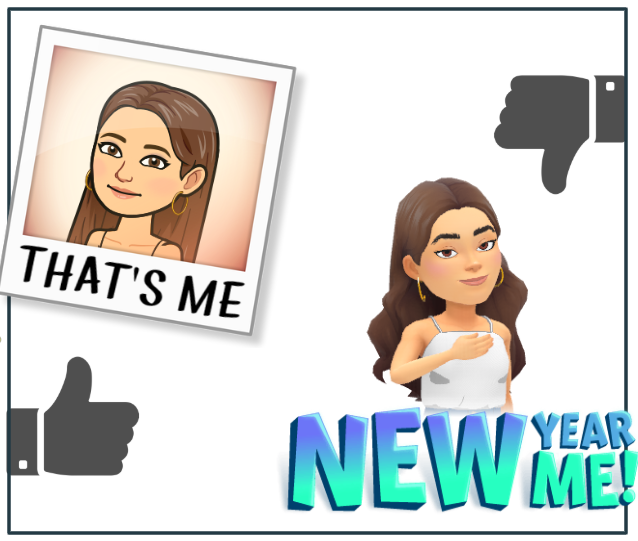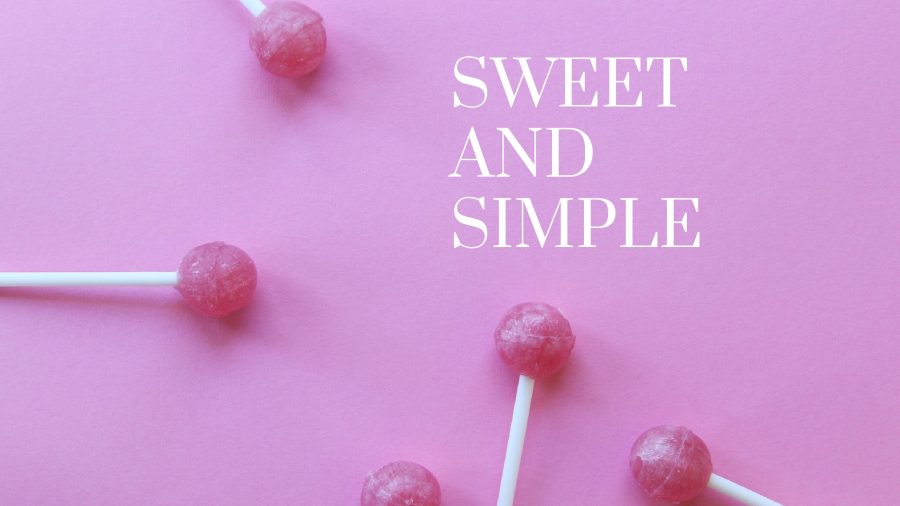Bitmoji – It’s a digital creator where users can create graphics and memes using a personalized avatar that can easily be shared with others. They have many applications, and are commonly used to spice up presentations or lessons, including at iUniversity Prep. But recently, changes have been made at the fundamental level, and users aren’t happy. Why is this a problem? Because Bitmoji is a significant, albeit lesser-known, part of our school.
Millions of people across demographics have fun with Bitmoji. Bitmoji avatars are all over social media, and are popular on Snapchat (The parent company of Bitmoji) as a more personal alternative to status updates. They’re also becoming an impactful addition to communication – “They add feeling to conversation and allow you to tell if someone is being sarcastic or sweet.” (Krueger, 2016.)
But recently, Bitmoji changed their avatars from 2D to 3D. In a release, the company said, “The new avatar style improves characteristics like hair texture, face shading and body proportions…We are committed to giving all our users the best experience possible, and that means ensuring everyone can enjoy these, and many more, future Bitmoji feature releases.” (Bitmoji Contributors, 2025). Their focus is on more lifelike fashion choices (Bitmoji Contributors, 2023) and body inclusivity for its users.
However, some users don’t like the new features. The new avatars appear very similar to Apple’s Memojis, which is a stark contrast to the previous design. 11th grader Tessa Bradley says, “The 2D Bitmoji art style was iconic, and there was really no need to change it. The new avatars look like generic 3D characters rather than Bitmojis, which poses a problem for Bitmoji’s brand recognition…I think that it’s great that they have added more options for customization and inclusivity, but they could have easily done that without completely changing the art style.”
And the old avatars had merit. Bitmojis help form your sense of identity online, while also giving you space to create the best version of yourself, whether that self is prettier, more fashionable, with a different bone structure and more (Krueger, 2016). The new Bitmojis feel almost too realistic (which they were never meant to be) and lacking in that same potential, as mentioned by Naurice Brooks – “I don’t like it because it does not make anyone look flattering. The 2D ones were adorable and fun. The 3D are creepy looking.”
Educators aren’t happy either. Teachers at iUP use Bitmojis to personalize their communications and lessons, but some won’t be doing it anymore because of the changes made. For one thing, the new style is now aesthetically disconnected from most slideshows, making it hard to incorporate. For another, lessons are often given more attention from students when the slides have Bitmojis, meaning higher grades and more interest overall. With this change, teachers lose a valuable tool.
Bitmojis add to the ambiance of the LL room. They’re fun, and remind us that our teachers, class, and club leaders are people just like us. They allow us to connect with the material and instructors in a new way. But it seems like this era is coming to a close. It’s no longer possible to switch back to classic Bitmoji, so while previous Bitmojis can be copy/pasted, no new ones can be created. While LL’s and club meetings at this school will continue as they are, this connection will be missed.
Bitmoji, one of the most popular avatar makers and a much-used form of communication, has changed its configuration completely, and these changes cause inconvenience for teachers and clubs. Unfortunately, this brings an end to a part of our school identity.
Sources:
- Bitmoji Contributors. Learn more about upcoming changes to Bitmoji. Bitmoji Support. Accessed May 4, 2025.
- Bitmoji Contributors. (2023.) Bitmoji Introduces a New Avatar Style. Snapchat Newsroom. https://newsroom.snap.com/bitmoji-introduces-a-new-avatar-style
- Bitmoji Contributors. Bitmoji. Bitmoji. Accessed May 4, 2025. https://www.bitmoji.com/
Krueger, Alyson. (2016.) The Inside Story of Bitmojis: Why We Love Them, How They Make Money, Why They Are Here To Stay. Forbes. https://www.forbes.com/sites/alysonkrueger/2016/03/24/the-deeper-meaning-behind-bitmojis-why-we-all-love-them-so-much/
















Kaylee Castanon • Jun 2, 2025 at 1:22 pm
Great job on explaining all the major points from the changes with bitmoji!
Kaylee Castanon • May 29, 2025 at 11:47 am
Great article, you really covered all the major points on the changes of Bitmoji!!!